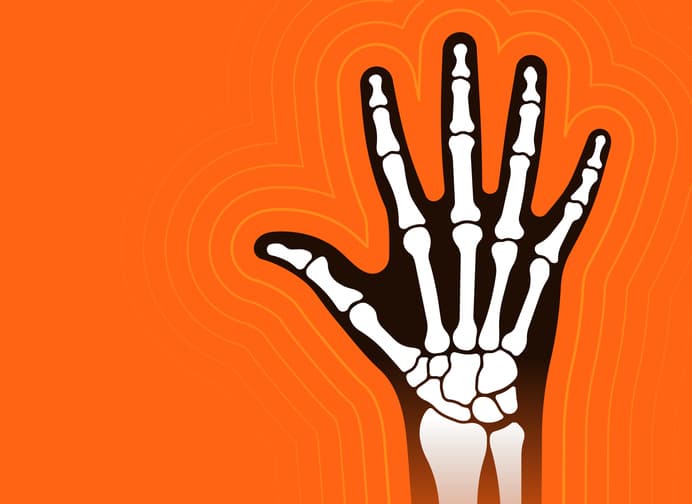30.10.2025
1. The golden age of poison-makers
Before modern pharmacy took shape, the line between medicine and poison was often blurry. In the 1500s and 1600s, “apothecaries” were sometimes known as poisoners to the court – royal poison-mixers.
It’s said that Catherine de’ Medici and her court pharmacists tested toxins on prisoners to find the “perfect” killing dose.
Many of the most effective medicines of the time were – quite literally – deadly.
2. Witches or healers?
In the Middle Ages, many early pharmacists were women who knew herbs, plants, and the chemistry of nature. But in an age of witch hunts, knowledge of plants often meant suspicion of magic. Many so-called “witches” were convicted for making ointments and potions we would today recognize as herbal medicine.
Some of the herbs they used, like henbane and thorn apple, have hallucinogenic effects – which probably didn’t help their case…
3. The alchemists and the quest for eternal life
Before pharmacy became science, it was alchemy. Alchemists tried to turn lead into gold and to find the philosopher’s stone – an elixir said to grant eternal life.
Many of their experiments were toxic or explosive, but alchemy laid the foundation for modern chemistry and pharmacy. Paracelsus (1493–1541) famously said: “All things are poison, it is only the dose that makes a thing not a poison.” That principle still forms the cornerstone of toxicology today.
4. Blood, leeches, and mercury
Early pharmacists handed out treatments that would shock any modern ethics committee. For centuries, leeches, mercury, and opium were staples in the medicine cabinet – and patients even survived them… sometimes.
Mercury was used to treat syphilis but usually made the patient worse. In the 19th century, morphine and laudanum (opium dissolved in alcohol) were sold freely – even for children.
5. The pharmacy as dissection room
Before anatomy and chemistry became separate fields, some pharmacies held both medicine and… body parts. In some cases, pharmacists stored mummy dust (crushed human bone) as an ingredient in medicines. "Mumia vera" was believed to be healing, and up until the 18th century, you could still buy powdered mummy as a “strengthening tonic.”
Bonus fact: The pharmacist as monster hunter
Did you know that many vampire and zombie legends are rooted in misunderstood diseases? In 18th-century Eastern Europe, people suffering from rabies or porphyria were often thought to be “vampires.” Pharmacists were called in to analyse blood and substances, and some of the first chemical autopsies were carried out to explain the “supernatural.”
In a way, pharmacists were the first monster hunters – armed with pipettes instead of stakes!
Sources:
- Roy Porter: The Greatest Benefit to Mankind – A Medical History of Humanity (1997)
- Frances A. Yates: The Rosicrucian Enlightenment (1964)
- Paul Barber: Vampires, Burial, and Death – Folklore and Reality (1988)
- Lyndal Roper: Witch Craze – Terror and Fantasy in Baroque Germany (2004)
- The Pharmaceutical Journal (UK) – articles on mummy dust and pharmacy history
- Wellcome Collection and the Danish Museum of Medical History – exhibitions and archives on alchemy, apothecary craft, and toxicology
- WHO history of toxicology – Paracelsus and the dose principle
